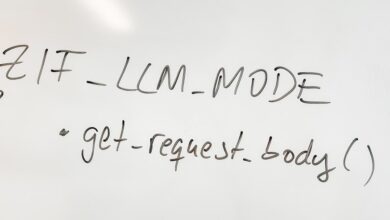Exploring the Phenomenon of Ñarque

Originating in the Andes Mountains of Peru, ñarque is a traditional form of music and dance that has become increasingly popular in modern Latin American culture. This form of entertainment has become a symbol of unity and celebration for people of all backgrounds, and it is a form of expression that has been passed down through generations. In this article, we will explore the history of ñarque, its musical and dance styles, and the ways in which it has become a source of both entertainment and cultural pride.
History of Ñarque
Ñarque is a traditional form of music and dance that originated in the Andes Mountains of Peru. It is believed to have originated in the early 1700s, when the people of the region began to create their own unique style of entertainment. The exact origin of ñarque is uncertain, but it is believed to have been influenced by the Incan culture, which had a rich tradition of music and dance.
The traditional ñarque music is characterized by its use of flutes, drums, and string instruments. These instruments were used to create a variety of different rhythms and sounds, and were often accompanied by singing and chanting. The music was often used to celebrate special occasions, such as festivals and religious ceremonies.
In addition to music, the traditional ñarque also included dance. The dancing was often accompanied by the same instruments used in the music, and the dancers would follow the rhythm of the music. The traditional ñarque dancing was characterized by its intricate footwork and rhythmic movements.
Musical Styles of Ñarque
The traditional ñarque music is characterized by its use of a variety of instruments, including flutes, drums, and string instruments. These instruments are often used to create a variety of different rhythms and sounds, and the music is often accompanied by singing and chanting. The traditional ñarque music is also characterized by its use of a variety of musical styles, such as waltzes, polkas, and mazurkas.
In addition to the traditional ñarque music, there are also a variety of modern ñarque styles that have emerged in recent years. These styles often incorporate elements of other musical genres, such as jazz, rock, and reggae. These modern styles of ñarque have helped to make the music more accessible to a wider audience, and have contributed to its increasing popularity.
Dance Styles of Ñarque
The traditional ñarque dance is characterized by its intricate footwork and rhythmic movements. The dancers typically take the lead of the musician, and the movements often follow the rhythm of the music. This type of dancing is often used to celebrate special occasions, such as festivals and religious ceremonies.
In addition to the traditional ñarque dance, there are also a variety of modern ñarque dance styles that have emerged in recent years. These styles often incorporate elements of other dance genres, such as salsa, hip-hop, and tango. These modern styles of ñarque have helped to make the dance more accessible to a wider audience, and have contributed to its increasing popularity.
Ñarque as a Cultural Symbol
In addition to providing entertainment, ñarque has also become a symbol of unity and celebration for people of all backgrounds. For many people, it is a form of expression that has been passed down through generations, and it has become a source of pride for the country of Peru. As a result, it has become a popular form of entertainment in Latin American culture, and has been embraced by people of all ages.
The popularity of ñarque has also spread beyond the borders of Peru, and it has become a popular form of entertainment around the world. In many countries, it is seen as a symbol of unity and celebration, and it has become a source of pride for many people. As a result, it has become a popular form of entertainment in a variety of different cultures, and it continues to be embraced by people of all ages.
Conclusion
In conclusion, ñarque is a traditional form of music and dance that has become increasingly popular in modern Latin American culture. It is believed to have originated in the Andes Mountains of Peru, and it has become a source of both entertainment and cultural pride. The traditional ñarque music is characterized by its use of flutes, drums, and string instruments, while the traditional ñarque dance is characterized by its intricate footwork and rhythmic movements. In addition, there are also a variety of modern ñarque styles that have emerged in recent years, which have helped to make the music and dance more accessible to a wider audience. Finally, ñarque has become a symbol of unity and celebration for people of all backgrounds, and it continues to be embraced by people of all ages.



